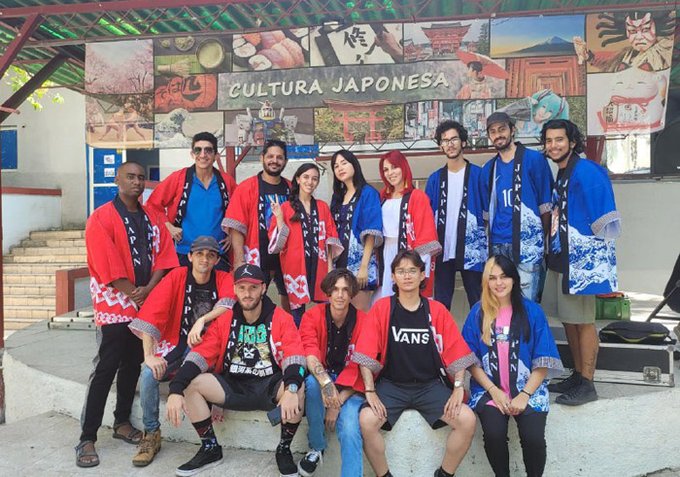Traditionally, the Hanami is sponsored by the MangaQ’Cuba project, the embassy itself and its officials, due to the importance of keeping alive the legacy of a culture that arrived in Cuba more than a century ago, as Oreidis Pimentel, explained a specialist at the House of Cultural Diversity. “The majority of the Japanese entered Cuba through the North American company Overseas, in charge of sugar exploitation, and they had several settlements, including in Havana, Minas de Matahambre, in Camagüey, but with World War II, many went to the island of Pines (today Isla de la Juventud)” she told Prensa Latina.
Precisely children, adolescents and young people starred this Friday in an exchange after the conference “Visual and narrative similes with cinematographic and philosophical tools in the “Fate” saga, by specialist Daniel Cepero.
The Hanami program also includes the culinary exhibition together with Nikkei (named after the Japanese descent), while the event included the conference “Bunraku Puppet Theater¨: a sublime expression of Japanese art, by researcher Alfred Avello.
Every year, lovers of traditional culture in the largest Cuban region have the opportunity to share and learn more about the Japanese legacy, supported by initiatives such as Hanami, the Manga Q’Cuba project, a sociocultural project that has the objective to form values from the promotion of Japanese culture.
ef/rgh/fam










